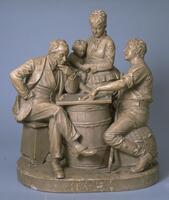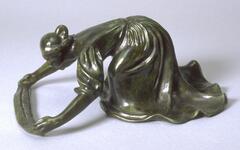24 UMMA Objects
24 UMMA Objects
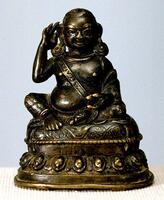
Gift of Dr. and Mrs. Leo S. Figiel and Dr. and Mrs. Steven J. Figiel
1981/2.56
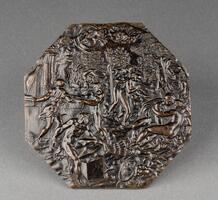
Jacob Cornelisz Cobaert
The Discovery of Mars and Venus
1602 – 1621
The Paul Leroy Grigaut Memorial Collection
1969/2.158
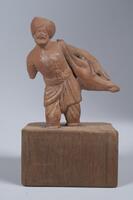
Indian (Indian (South Asian))
Watercarrier
19th century
Gift of Professor Walter M. and Nesta R. Spink
2012/2.164
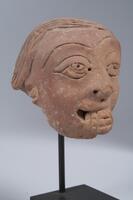
Indian (Indian (South Asian))
Head of a male figure eating fruit
5th century
Gift of Professor Walter M. and Nesta R. Spink
2012/2.165

Mirko (Italian (culture or style))
La Grande Maschera
1957
Gift of Scott Hodes and Maria Bechily-Hodes
2015/2.84
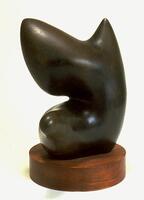
Hans (Jean) Arp;Fonderie d'Art Fonderie Susse (French (culture or style);French (culture or style))
Fruit Pré-adamite
1938
Museum Purchase
1948/2.26
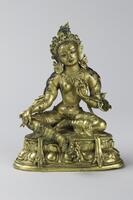
18th century
Museum purchase made possible by the Margaret Watson Parker Art Collection Fund
1972/2.40
Loading…


